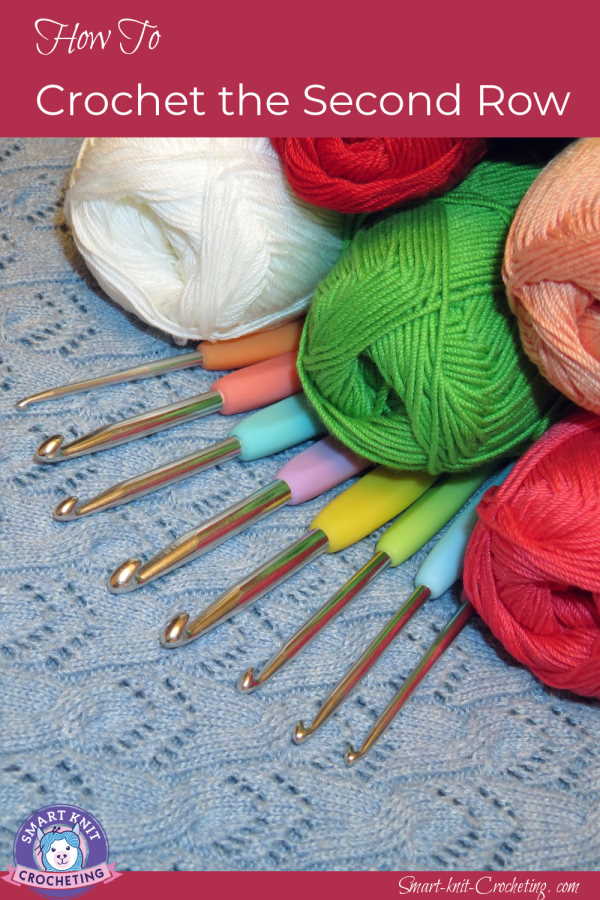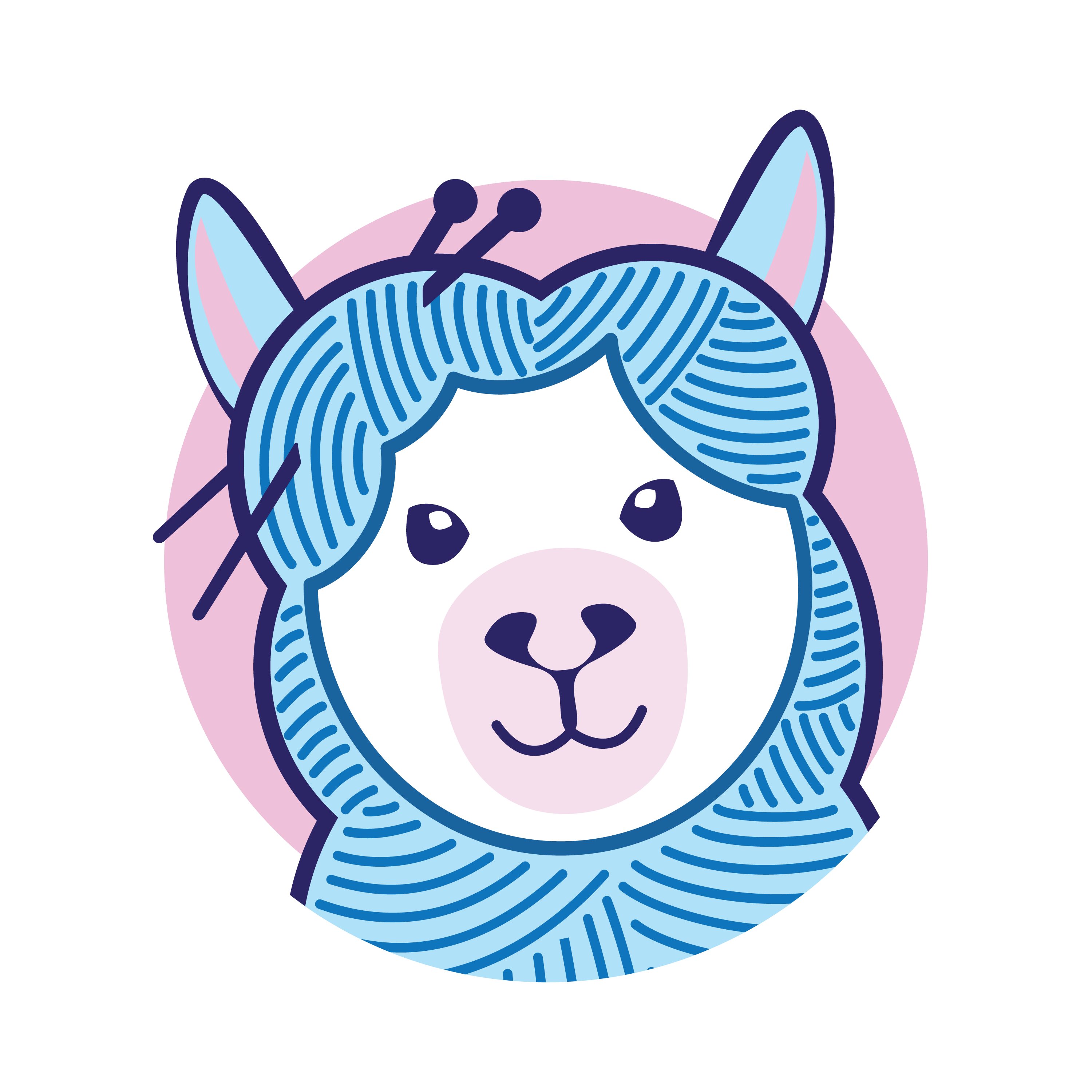- Home
- How to Crochet
- How to Crochet the Second Row
How to Crochet The Second Row
Crochet the Second Row by Janice Jones
You've mastered the slip knot and how to make a chain of stitches, but now you're ready to dive into crocheting. That means you will need to make the second row, but how do you do this?
When I learned how to crochet, everyone who knew more than me told me something different. Does that sound familiar? It wasn't apparent, and it took me years to figure it all out.

The truth is that there is no one single way to begin that second row, and each method is acceptable. Unless the pattern calls for something different, choose the one you like or feels more manageable for you.
This article will explore where to insert your hook, which chains to insert your hook, and how to complete the stitches to crochet the second row. You will also discover that the way you crochet the second row is very similar to all subsequent rows, with one big difference.
Anatomy of a Foundation Chain Row
If you look closely at a row of chain stitches, you will notice two sides. One side shows two loops that resemble sideways V's, generally considered the right or public side.
If you flip the chain over, you will see a series of sideway bumps on the wrong side.
Unless the pattern states otherwise, you can work into the loops on the right side or the bumps you see on the wrong side. What exactly do I mean by that?
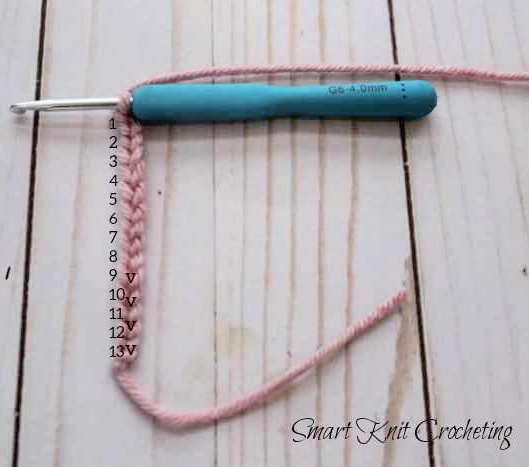
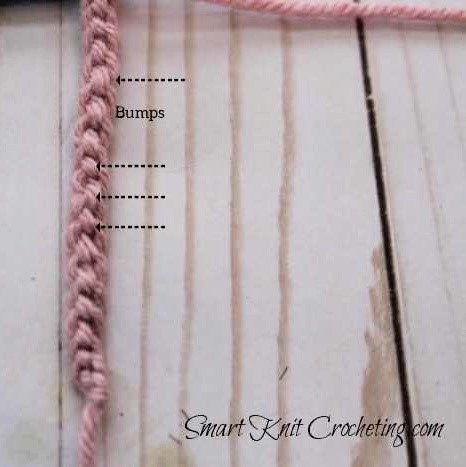
Where to Insert Your Hook When You Crochet the Second Row
Here are three common places to insert your hook when you begin to crochet the second row.
1. Working into the Top Loop of the Foundation Chain
You will position your working yarn in your left hand and your hook in your right hand if you are right-handed. Hold the chain in your left hand with the right side facing you. If you are a leftie, the opposite is true.
Next, insert the hook from the front to the back through the top loop of the chain stitch. Bring your yarn over the hook and pull through. You should now have two loops on your hook. Yarn over again and pull through both loops.
Congratulations, you just made a single crochet.
Don't worry if this doesn't make a lot of sense yet. I will be explaining how to do single crochet shortly. In the meantime, I want you to know that you can insert your hook into the top loop of the chain. But that's not the only way.
2. Working Into the Top and Bottom Loop of the Foundation Chain
Another method for crocheting the second row is to insert your hook into both the chain stitch's top and bottom loops.
3. Working into the Loop (Bump) on the Wrong Side of the Foundation Chain
For this method, you would be turning your chain over so the back is facing you. Look for the little loop or bump and insert the hook into this little loop. To clear up any confusion, when I mention inserting the hook, it means the same as "working into"
Which Method do You Choose?
There's no correct method, just one that feels right for you. You may decide that one approach is easier than the next or choose one because it creates a better edge. The most important thing that I can tell you is to be consistent across the row.
How to Crochet the Second Row Depends on the Type of Stitch.
Now that we have covered where to place your hook when you crochet the second row, let's take a deeper look at how that is done based on the type of stitch you want to make. In this article, I am going to cover
- Single crochet
- Half double crochet
- Double crochet
- Treble crochet
I will also provide links for more information about each of these basic crochet stitches in the discussion below.
Single Crochet
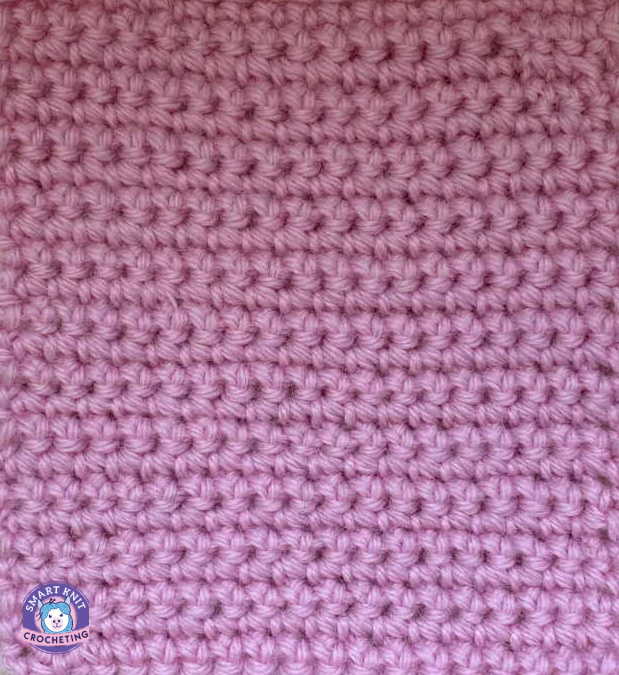
If you need to review the slip knot and foundation chain, do so before attempting the single crochet stitch.
Other than the slip stitch, the single crochet stitch is one of the smallest of the basic crochet stitches. It produces a lovely fabric and can be used in many projects. When you make the single crochet stitch, you usually insert your hook into the second chain from the hook.
Directions for Single Crochet
To practice, make a row of about 15 to 20 chain stitches.
- Insert your hook into the second chain from the hook. (See photo)
- Wrap the yarn around the hook. Yarn over the hook means the same thing as wrapping the yarn around the hook. Pull through. There are two loops on your hook.
- Yarn over (abbreviated yo) and pull through both loops.
- Continue making sc in each chain across the row until you reach the last stitch. The last sc should be placed in the last chain stitch and not the slip knot.
- To make the next row after you crochet the second row, chain one and turn. Insert the hook into the first stitch from the last row and make a single crochet. Continue to the end of the row.
Quick Reference for Single Crochet
- Abbreviation: sc
- Work into the second chain from the hook when you crochet the second row
- Chain one before subsequent rows
For more help, please check out my post on single crochet stitches.
Half Double Crochet
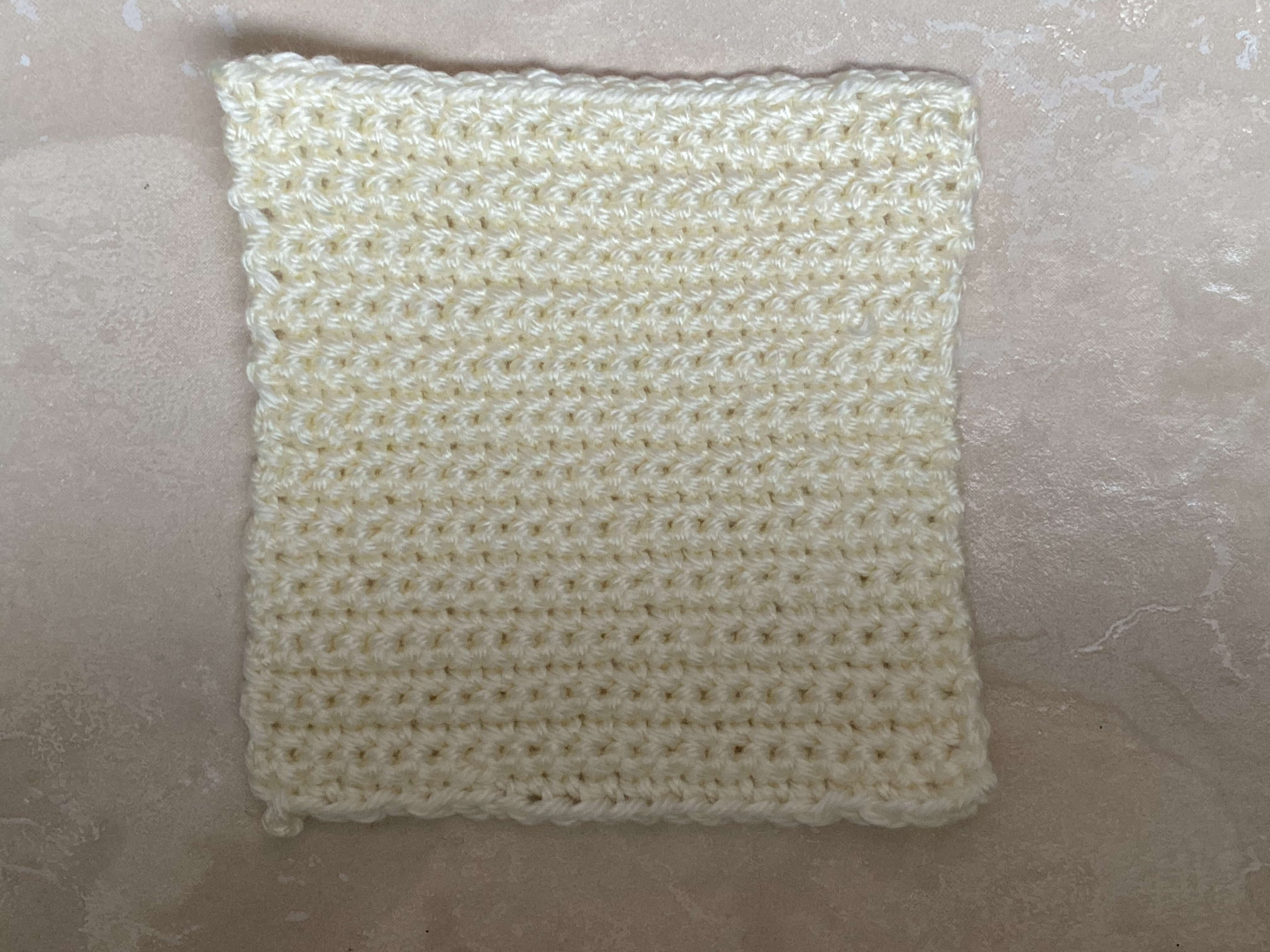
This stitch is slightly larger than the single crochet stitch but is not difficult to make
If you started a row of single crochet stitches above, you can practice the half-double crochet on the same swatch or begin a new one. Turn your work and make two chain stitches, also known as the turning chain.
For the half-double crochet, you will be inserting your hook into the third chain from the hook
Directions for the Half-Double Crochet Stitch
You will be doing a yarn over before you make the half-double crochet stitch. This is different from the single crochet that we just made because the single crochet does not require you to yarn over.
- Yarn over the hook and insert your hook into the third chain from the hook and pull through the stitch.
- There are now three loops on the hook.
- Yarn over again and pull through all three loops.
- Continue making hdc across the row until you reach the end. Make the last hdc into the last chain and not into the slip knot.
- To make the next row, chain two and turn your work. Yarn over and insert your hook into the next to last stitch from the previous row. You are skipping the first stitch because that chain two that you just made counts as the first hdc.
Quick Reference
- Abbreviation: hdc (US terms)
- In British terms, the half double crochet is called half treble (htr)
- Requires two turning chains which count as a half-double crochet stitch
- Worked in the 3rd chain from the hook on the first foundation row of half double crochet.
Please check out this crochet tutorial for more information on the half-double crochet.
Double Crochet
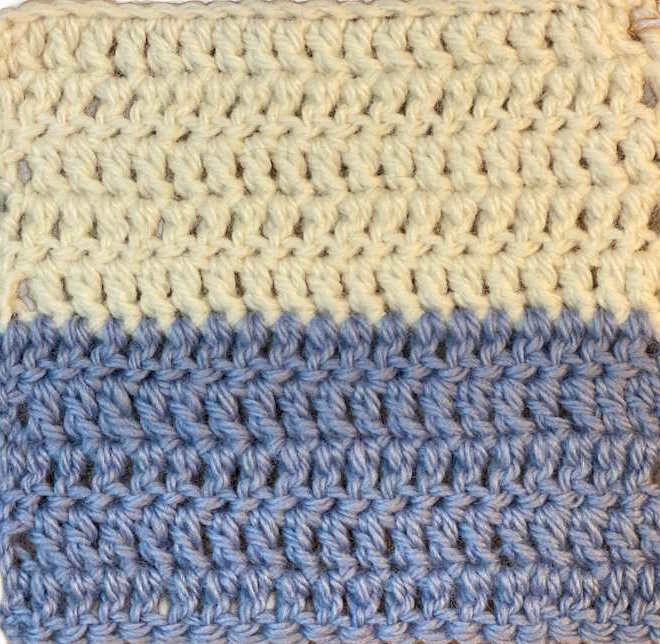
Working through the basic crochet stitches, the double crochet (dc) is the next larger stitch. It's taller than the single and half-double but not as tall as the treble or triple. You'll see it called the treble crochet if working with a pattern from the UK.
The double crochet stitch is versatile and used in various stitches such as the granny stitch, filet, crochet-V stitch, and cluster stitches.
Directions for the Double Crochet
For making the double crochet on your practice swatch, complete the row and turn your work.
- Chain 3 is also called the turning chain.
- Count over three chains, yarn over, and place your hook into the fourth chain from the hook. The two chains that you skipped count as your first double crochet stitch, and this is only for the first row of double crochet.
- Yarn over and pull through one loop. There should be three loops on your hook.
- Yarn over again and pull through two loops. That leaves two loops on the hook.
- Yarn over for the final time and pull through all remaining loops. That leaves one loop left on your hook.
- Continue making dc in each chain across the row. The last dc is made in the last chain stitch and not into the slip knot.
- To make another row, chain three and turn your work. Yarn over and insert your hook into the second from the last stitch from the previous row. Remember, you don't insert the hook into the last stitch because that chain three that you just made counts as the first stitch.
Quick Reference
- Abbreviation: dc
- In UK terms, this stitch is called the treble stitch (tr)
- Requires three turning chains before you make the first stitch
- Turning chains count as the first dc
- Insert the hook into the 3rd chain from the hook for the second row
- Insert the hook into the second from the last stitch from the previous row.
For more information, check out my post on the double crochet.
Treble or Triple Crochet Stitch
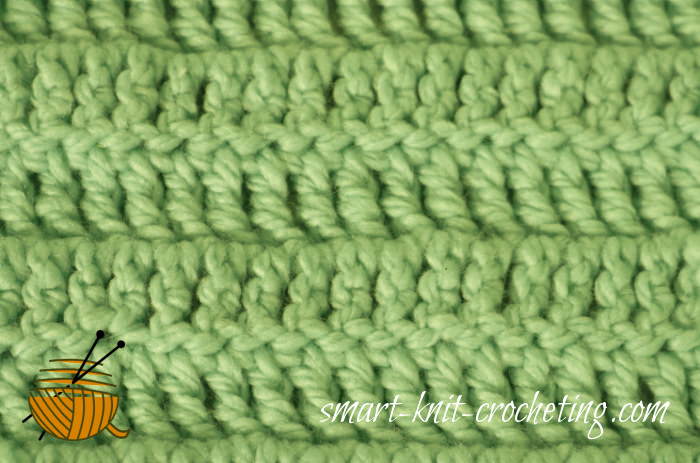
This is the tallest of the basic crochet stitches. Still, it is made similar to the double crochet stitch, except that two yarn overs are required rather than one in double crochet. The stitch requires four turning chains to create the height of this tall stitch.
In the UK, the Treble or Triple stitch is called the Double Treble Stitch
Directions for the Treble Stitch
- Here are the step-by-step instructions for making the treble crochet stitch.
- If you are still working on the swatch, you began with the single crochet stitch, first complete the last row and chain four. Turn.
- Yarn over twice and insert the hook into the fifth chain from the hook. Pull up a loop. (four loops on hook)
- Yarn over the hook and pull through two of the loops on the hook (three loops on the hook)
- Yarn over again and draw up two loops (there are now two loops remaining on the hook).
- Yarn over hook and draw through two loops.
- One loop remains on the hook. Continue working till you reach the end of the row. Make your last treble crochet stitch in the first chain, not the slip stitch.
- To make the next row, chain four and turn your work. Yarn over two times, and then insert your hook into the next to last stitch from the previous row. Remember not to insert the hook into the first stitch because the chain-four you just made counts as the first treble crochet stitch.
Quick Reference
- Abbreviation: tr
- In the UK, the stitch is called double treble
- Requires four turning chains
- Insert the hook into the fifth chain for the second row
- Insert the hook into the second from last stitch for all future rows
How to Crochet the Second Row
In this tutorial, I have not covered all the many crochet stitches that we all love, but just the basic ones. As you can see now, the main difference when you crochet the second row versus subsequent rows is where you place your hook for the first stitch.
The turning chain counts as a stitch except for the single crochet stitch. The turning chains allow you to get up to the height of the stitch, so the more chains you make, the taller the stitch.
Here are the number of chains to skip when you crochet the second row for a quick review
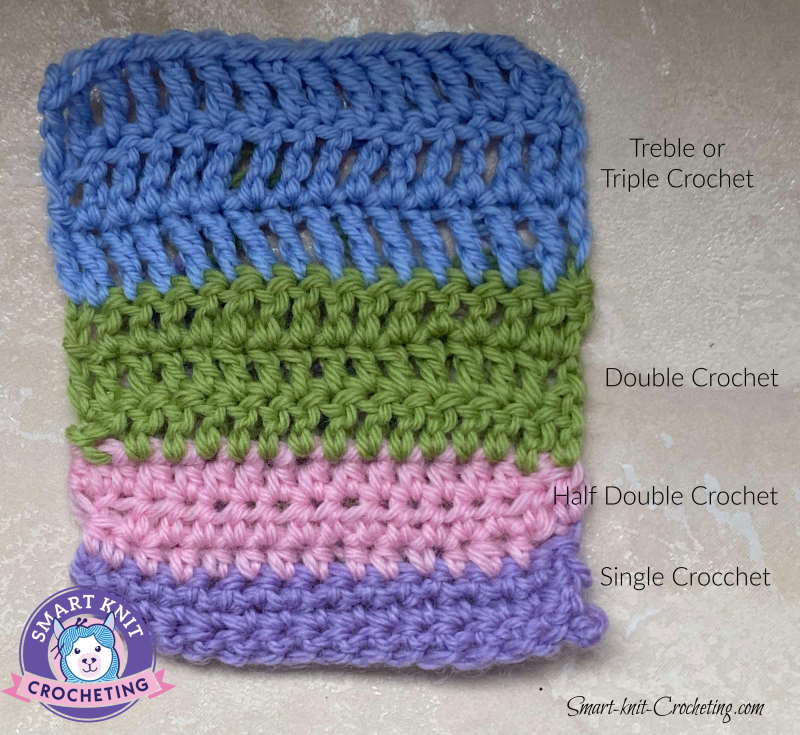
Single Crochet: Insert your hook into the second chain from the hook
Half Double Crochet: Insert your hook into the third chain from the hook
Double Crochet: Insert your hook into the fourth chain from the hook
Treble Crochet: Insert your hook into the fifth chain from the hook
Pattern Chart Symbols Used in this Article
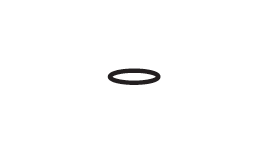 Chain Stitch
Chain Stitch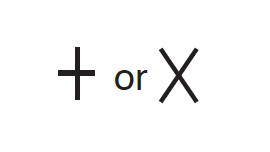 Single Crochet
Single Crochet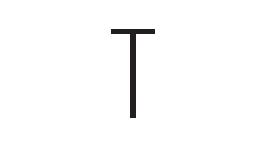 Half Double Crochet
Half Double Crochet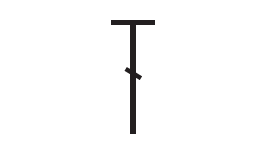 Double Crochet
Double Crochet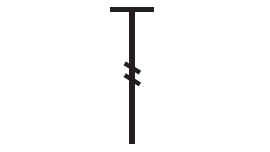 Treble Crochet
Treble CrochetHow to Crochet the Second Row: Troubleshooting and Possible Problems
1. I can't get my hook into the chains of my chain stitch row.
As the photo below shows, making your chain too tight not only makes it difficult to work into, it also creates a rather odd shaped fabric. Try making them a bit less tight or go up one size hook to do the chain row. So, for example if you are using a US G hook, make your first chain row with a US H hook.
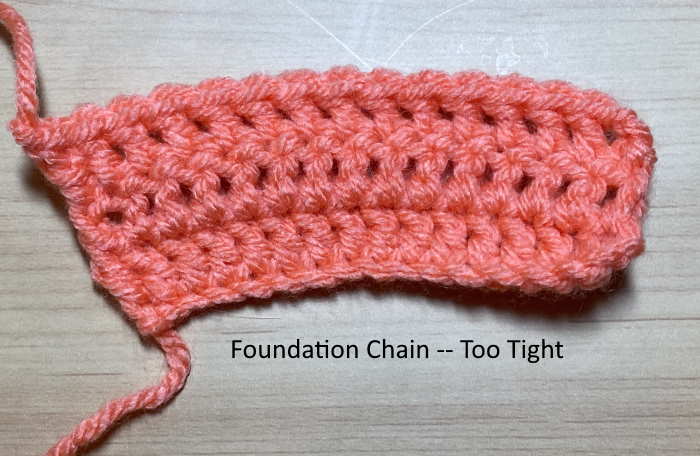
2. I can't seem to create even rows. The work seems to be stretching out.
You may be increasing a stitch on every row. Make sure when making the double, half-double or treble that you are not accidently inserting your hook into the last stitch from the last row. Rather, insert your hook into the second from last stitch when beginning your next row.
Another issue might be that your foundation chain was too tight making it appear that the stitches that follow form a fabric that is flaring out. (See above) Crochet a lose foundation chain. Practice is usually what helps with this problem.
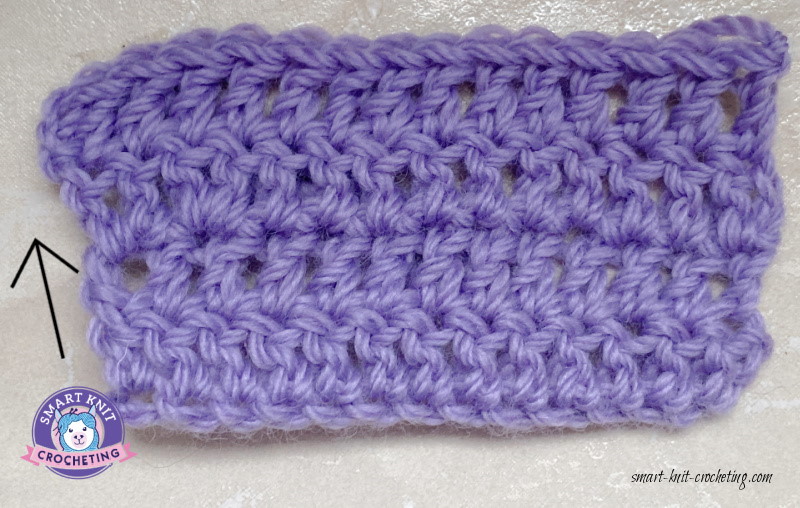
3. There are big holes on the edges where I made the turning chains.
Try chaining one less chain when doing your turning chain. For example if you are working in double crochet, making a turning chain that contains only two chains.
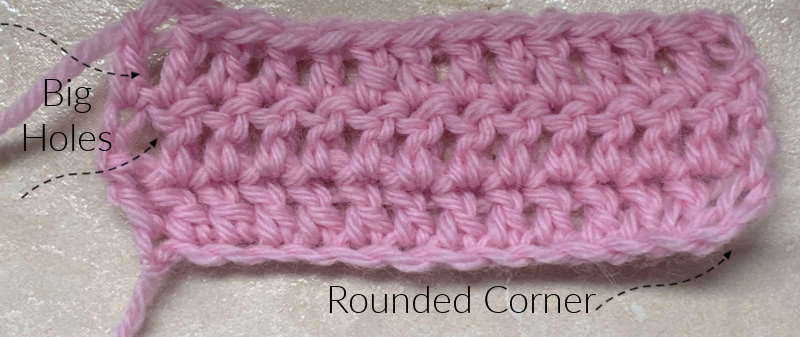
4. The corners of my crochet are round instead of square.
You may not be making the correct number of turning chains. Check but if you are making the correct number consider adding one chain to the turning chain to see if that fixes the problem.
5. When I crochet the second row, my work seems to twist and curl.
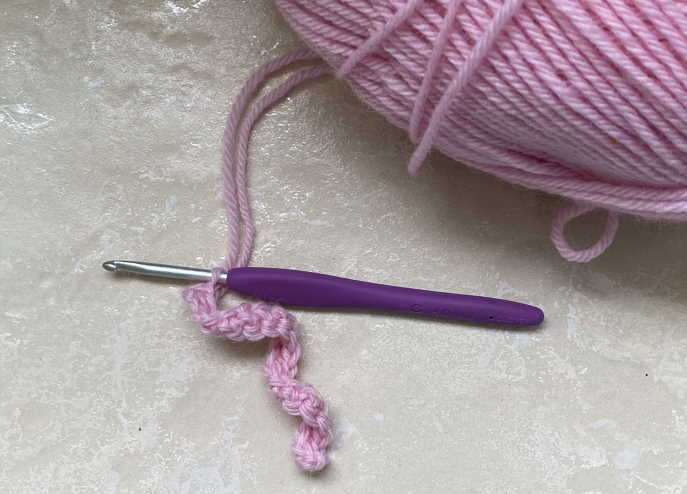
This is probably not a problem. This happens frequently when you are working on a small project with few stitches. Try crocheting a few more rows to see if the fabric begins to lay flat. If it continues to curl, it might be the yarn you or using or how tight/loose you are crocheting. If you are working on a project and it doesn't lay flat, try blocking it to see if that helps.
